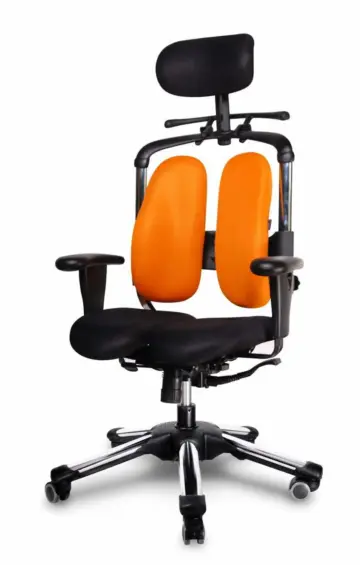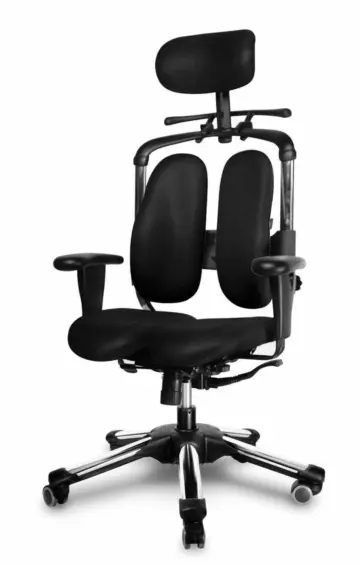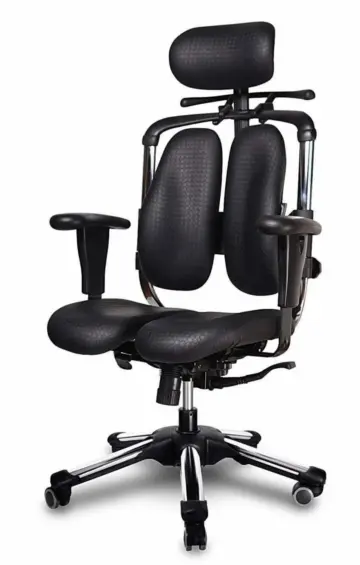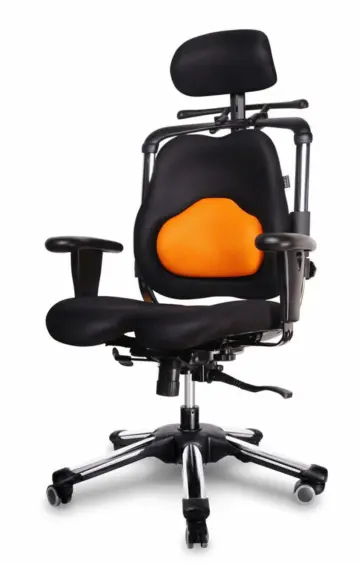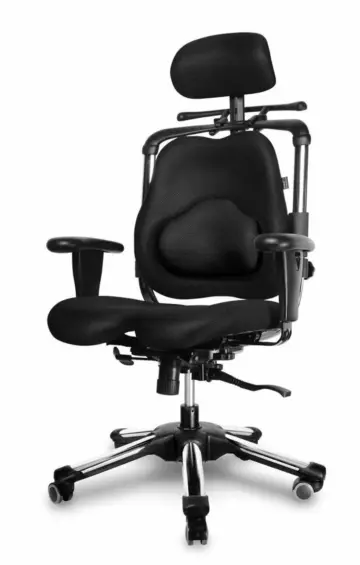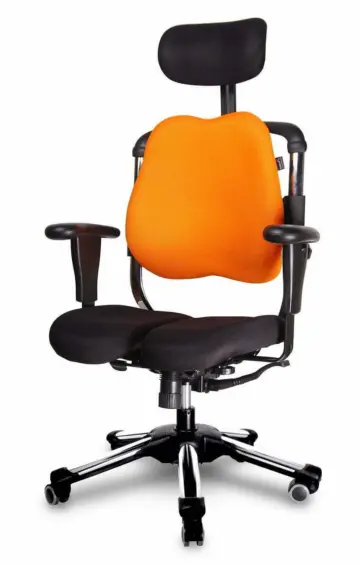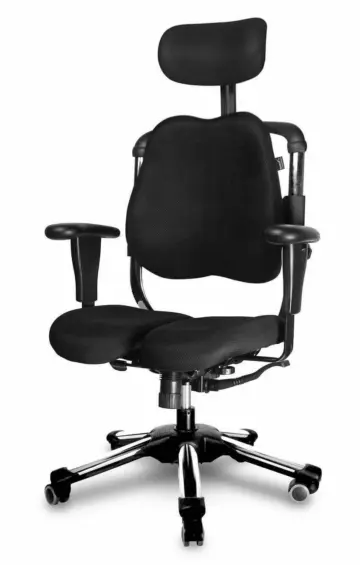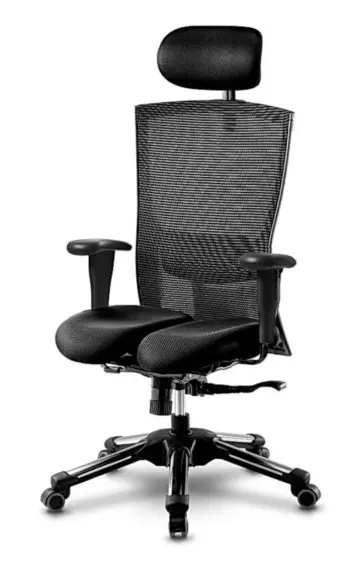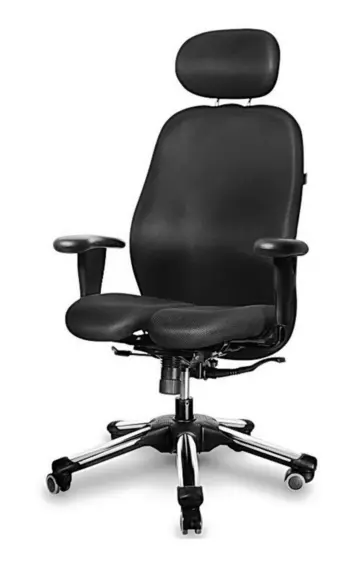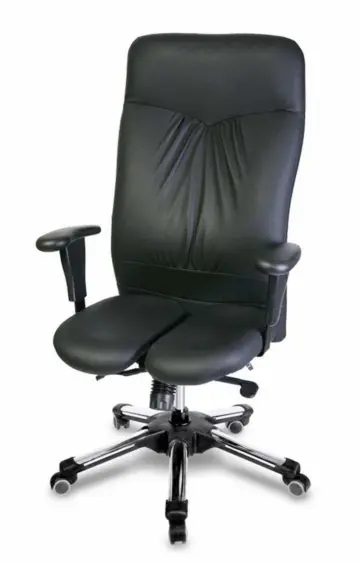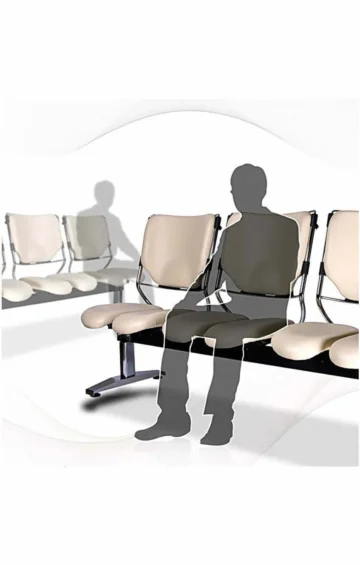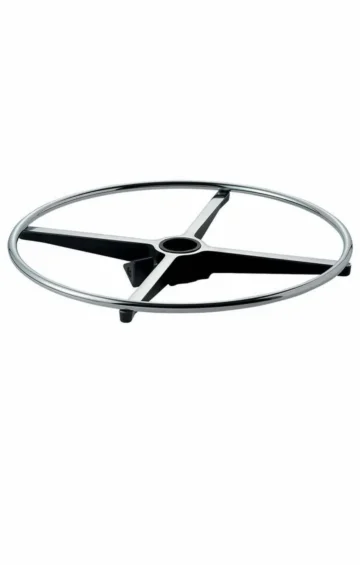Orthopedic Sitting
Ergonomics at the desk has become a must for a healthy working life. Because orthopedic sitting prevents back problems on the one hand. On the other hand, orthopedic sitting alleviates existing back problems. But how does it work orthopedic sitting? And: What should you look out for when buying new office furniture?
Sitting correctly orthopedically is a must
There are exactly two kinds of people. Some people sit a lot, others sit a lot. We sit with breakfast coffee, in front of the computer in the office and in front of the television in the evening. As soon as we have to stand at the checkout in the supermarket or on the train, we get excited. We have to admit, contrite, that sitting too much hurts your back. However, doctors are still arguing about how to sit correctly and, above all, healthy orthopedically. In recent years, orthopedic surgeons have moved away from the canon that only straight upright sitting is healthy. The new creed is: Always keep moving and change your sitting position as often as possible. True to the motto, the next sitting posture is the best.
Not all orthopedic sitting is the same as orthopedic sitting
Moving sitting needs to be practiced. Moving while sitting may seem unfamiliar at first and untrained core muscles can be exhausting. It is therefore helpful to have seating furniture that promotes the different sitting positions, encourages the body to sit in motion, supports the back and pelvis and flexes with the movements. A back-friendly chair should therefore be ergonomically shaped in such a way that the spine is orthopedically supported when sitting casually and dynamically. But many armchairs are too much low, the seat is too deep, the cushions are too soft. Anyone who sinks into the sofa may initially find it wonderfully comfortable. However, orthopedists throw their hands up in horror. Since such armchairs make every movement difficult, sitting on the couch for a long time often ends with a stiff back.
Correct orthopedic sitting – what matters
Sitting for eight to twelve hours a day in the office is not uncommon these days. hat is why orthopedically and ergonomically correct sitting is a decisive factor and increases the quality of life enormously. For this reason, office chairs should be tailored to optimized seating ergonomics. wo-part, movable back cushions should support the spine in different sitting positions. The distance between width, height and depth should be adjustable individually. The seat should also automatically adjust to the backrest depending on the inclination. Ergonomically shaped supports and wedge cushions can help to compensate for the disadvantages of existing upholstered furniture or chairs that are not very back-friendly. And firmly upholstered armchairs with a sufficient seat height are ideal for the lounge area in the break room. The backrest should support the back at least up to the shoulders and be padded with a lumbar support in the lumbar spine area.
Our Customers

